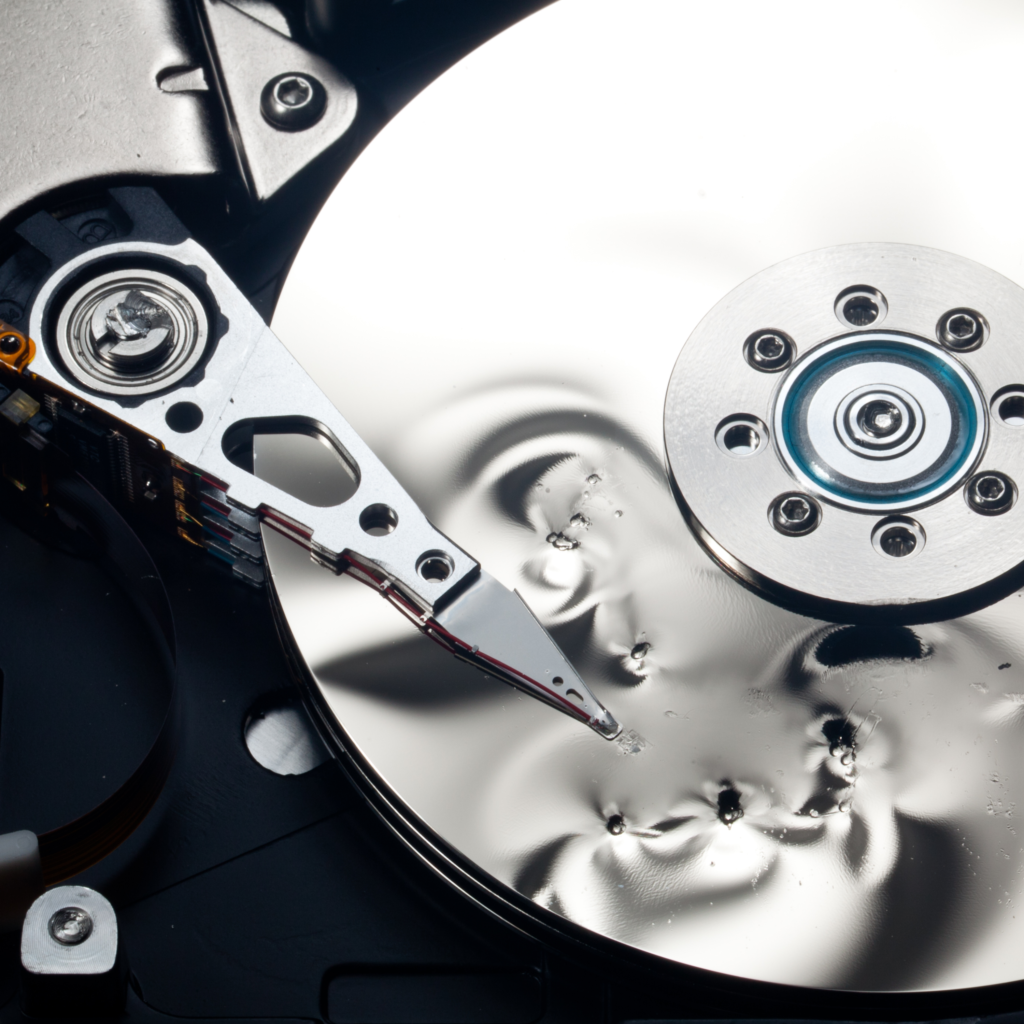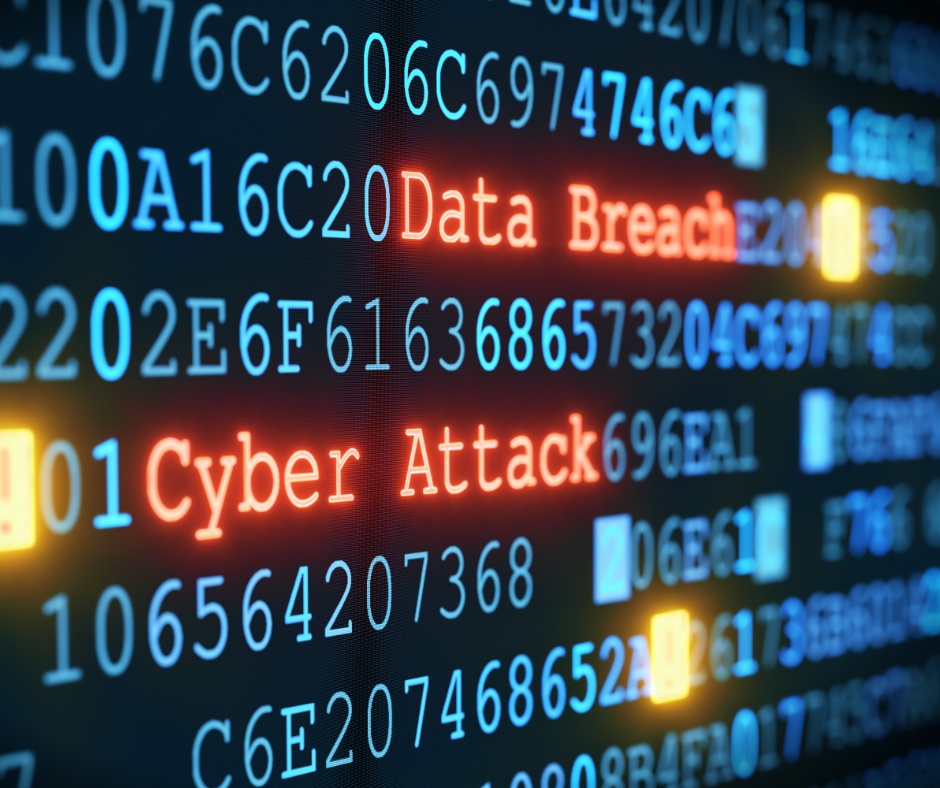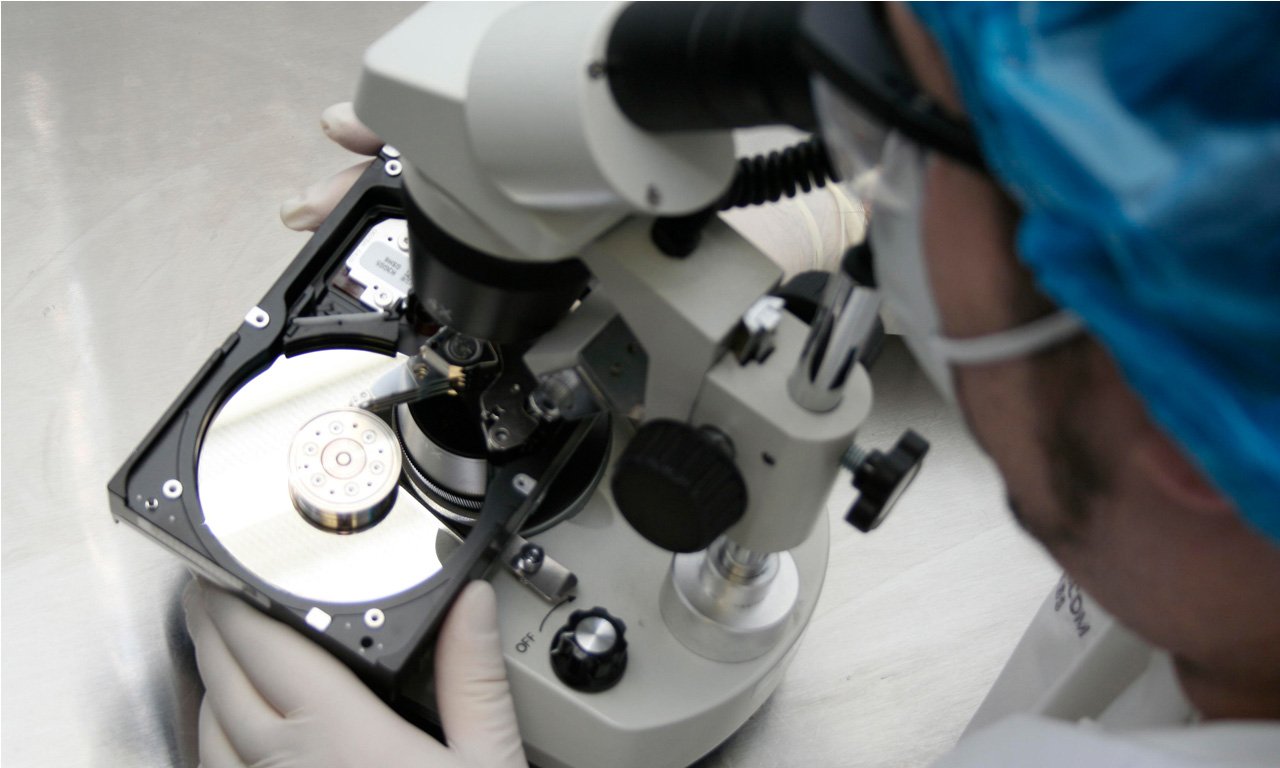Data loss can feel like a huge setback for any organization. It is now becoming more and more important to be educated on data loss prevention and to protect our data from potential threats. In this blog post, we will explore some of the most common causes of data loss and how organizations can prevent them from happening in the first place.
How to Protect your Organization with Data loss Prevention

Physical Damage and How to Prevent Data Loss
Storage devices and media can get damaged in many ways, just like other things. Disasters like power surges, fires, or floods can damage the hardware and make it impossible to retrieve data. Although these kinds of events are unpredictable and cannot always be prevented, there are ways for organizations to keep their data safe from physical damage. In this section, we will discuss some common causes of physical data loss and what organizations can do to protect themselves from them.

Mechanical Failures in Hard Drives and SSDs
Mechanical failures are a leading cause of data loss, but organizations can take steps to prevent this from happening. One effective method is to regularly back up critical data onto external hard drives or cloud services. This data loss prevention strategy ensures that important information remains safe if anything happens to the internal storage device. Investing in high-quality hardware with increased durability is also an effective way to prevent mechanical failures from occurring. These data loss prevention measures can save organizations from the costly and disruptive effects of data loss.
Environmental Factors such as Water, Heat, or Humidity Damage
The environment can also play a major role in data loss. Excessive heat, cold, water damage, or even humidity can all lead to irrevocable damage to storage devices and media. To protect against these types of issues, organizations should consider investing in temperature-controlled cabinets or other protective measures. Additionally, making sure that your hardware is not exposed to any source of moisture or extreme temperatures is another great way to keep your data safe from environmental threats.
Natural Disasters such as Earthquakes and Hurricanes
Natural disasters are often unpredictable and difficult to prepare for. Earthquakes, hurricanes, floods, and other natural events can wreak havoc on an organization’s data if they are not properly prepared. To combat these kinds of disasters, organizations should consider investing in cloud storage and remote backup solutions that can keep their data safe even if physical hardware is damaged or destroyed. Additionally, having a plan in place to quickly restore lost data is essential for any organization looking to protect itself against the unpredictable nature of natural disasters.
Dropping or Rough Handling of Storage Devices
Dropping or rough handling of storage devices can cause significant data loss, which is often overlooked. To prevent this, organizations should ensure that storage devices are handled with care and stored in appropriate cases when not in use. Data loss prevention can also be achieved by being careful when moving hardware from one location to another. These data loss prevention measures can prevent costly data loss caused by accidental drops or mishandling.
Data Corruption and its Prevention
Data loss is often caused by data corruption, which can be difficult to handle. Data corruption happens when a disk or other media storage becomes corrupted or unreadable due to various reasons. Software malfunctions or viruses often cause this damage, but physical sources such as power surges or rough handling of storage devices can also lead to data corruption. Fortunately, organizations can mitigate the risk of data corruption by taking specific steps. In this section, we will explore the different types of data corruption and how businesses can protect themselves from its impact.
File System Damage
This damage can be caused by a variety of factors, such as power surges or hardware malfunctions. To prevent this type of damage, organizations should take measures to properly manage and maintain their storage devices. Investing in high-quality surge protectors and other safeguards can also help protect hardware from unexpected power surges.
Hardware or Software Malfunctions
This is another common cause of data corruption, and it can result from computer viruses, faulty hardware components, or user errors. To protect against data loss caused by this type of damage, organizations should use anti-virus software to detect and eliminate any malicious programs. Regularly updated backups can also help ensure that lost data can be quickly restored. Investing in high-quality hardware and properly maintaining it can also help prevent these types of malfunctions from occurring.
Virus, Malware, and Spyware Infections
These malicious programs not only corrupt valuable data but also steal sensitive information or provide attackers with access to systems. Fortunately, there are steps organizations can take to protect themselves against this type of damage. Keeping anti-virus software updated and regularly scanning for malicious code can help detect and eliminate threats before they cause significant damage. Additionally, enforcing strong password policies that require regular changes can prevent attackers from easily gaining access to systems, even if they manage to evade antivirus protection. Finally, providing proper cybersecurity training to all users can significantly reduce the risk of potential attacks.
Power Outages or Interruptions in the Service
This type of damage is often caused by a sudden loss of power, which can cause hardware components to malfunction and data to become corrupted. To prevent this kind of damage, organizations should make sure they are using UPS systems or other backup power sources that will keep their devices running in the event of an unexpected outage. Ensuring regular maintenance on all hardware components will help ensure they remain in proper working order and avoid any potential problems. Additionally, having backups stored in multiple locations can go a long way toward preventing accidental data loss due to power issues. By taking these steps, you can protect your business from potential damage due to power outages or interruptions in service.
Human Error
One of the common causes of data corruption is human error. People can unintentionally delete or modify files, misconfigure hardware components, or even accidentally upload malicious programs to the system. To prevent this kind of damage, organizations should adopt strict policies that outline the proper procedures for making changes and interacting with the system. Ensuring all users are properly trained on best security practices can help minimize any potential risks from accidental user errors. By taking these steps and investing in quality training materials, you can ensure your organization remains safe from any potential data loss due to human error. The key is to stay vigilant and take every precaution to protect your business’s valuable data!
Accidental Deletion of Files
This is another major cause of data corruption. This can occur when users inadvertently delete important files or mistakenly overwrite existing ones. To prevent this kind of damage, organizations should consider implementing user permissions that limit which users are allowed to delete or modify certain files. Investing in quality hardware and making sure it is properly maintained can also go a long way toward preventing these kinds of accidental deletions from occurring.
Data Breach and Cyberattacks and How to Avoid It

Attackers often use hacking, malicious software, and phishing attacks to gain access to sensitive information and cause serious damage to an organization’s data. To protect against these threats, organizations must take steps to secure their systems. This includes using strong passwords and two-factor authentication to prevent unauthorized access and regularly updating anti-virus programs to prevent malicious code from infiltrating the system.
It’s also important to implement proper protocols for safeguarding digital information and preventing data leakage due to negligence or a lack of security measures. By taking these precautions, organizations can reduce the risk of a major breach.
Finally, training staff on proper security protocols and best practices can significantly reduce the risk of data loss due to human error. By following these measures, organizations can ensure their data is safe from malicious actors and cyberattacks.





















Leave a Review
Lo siento, debes estar conectado para publicar un comentario.